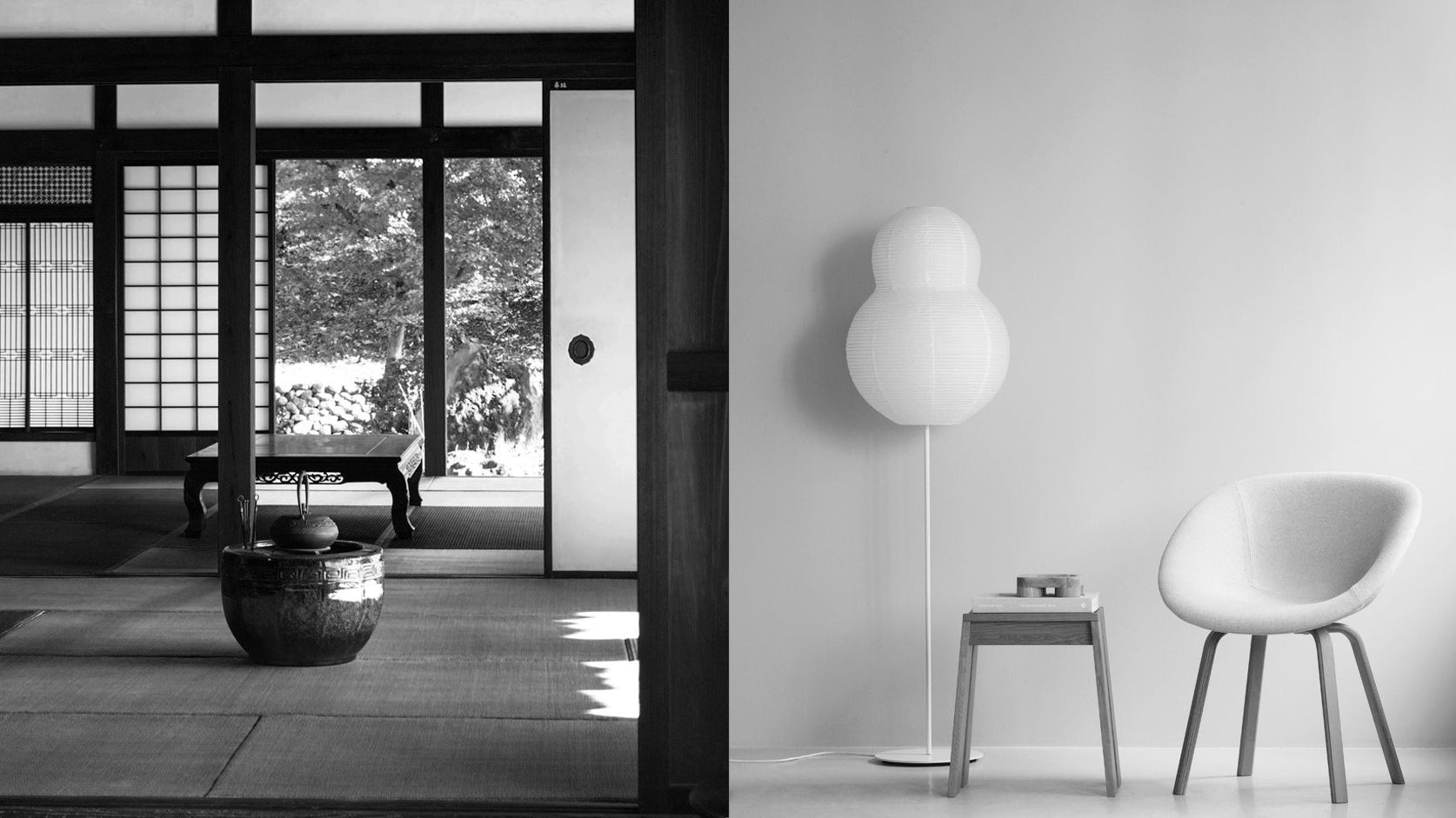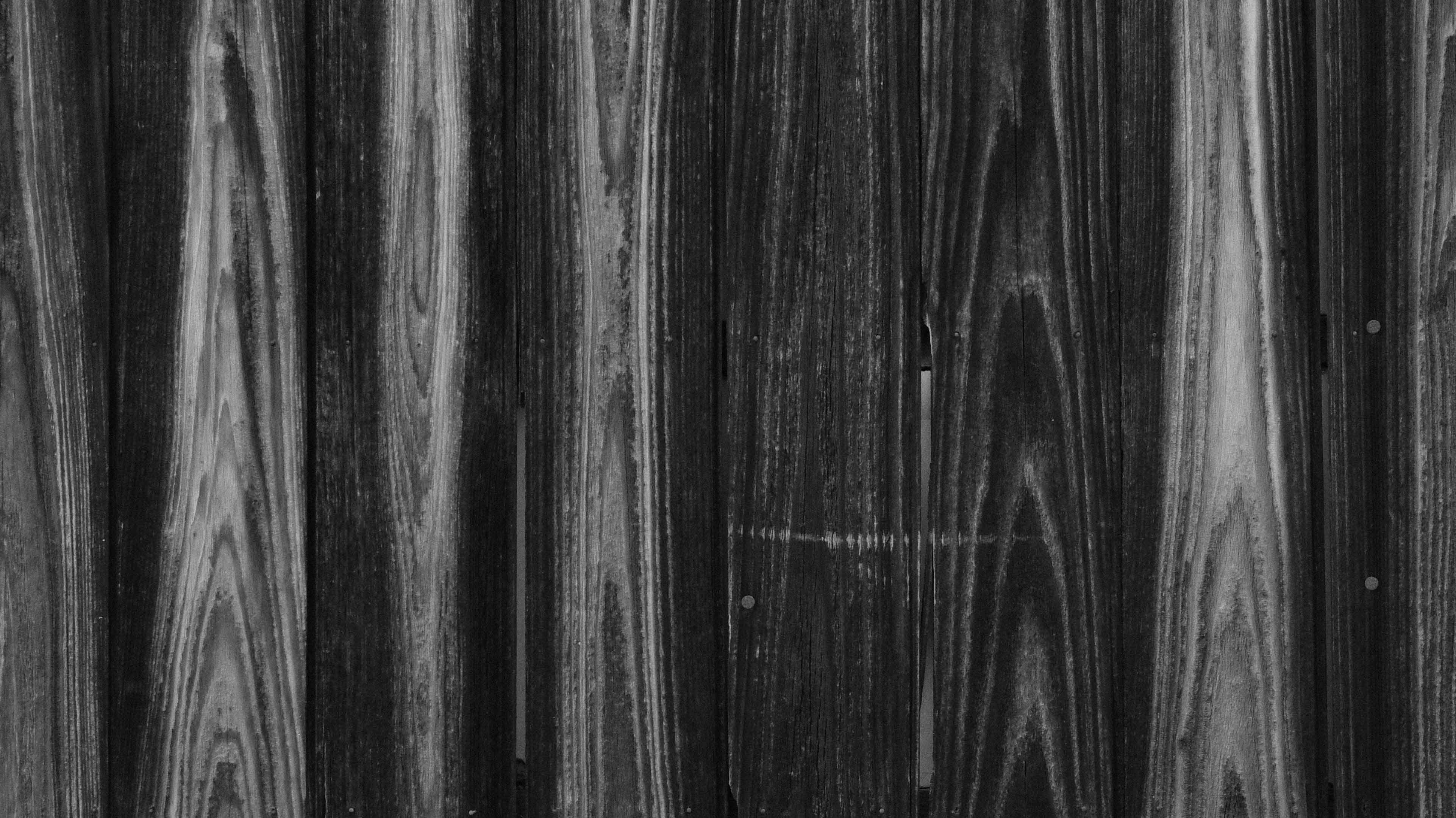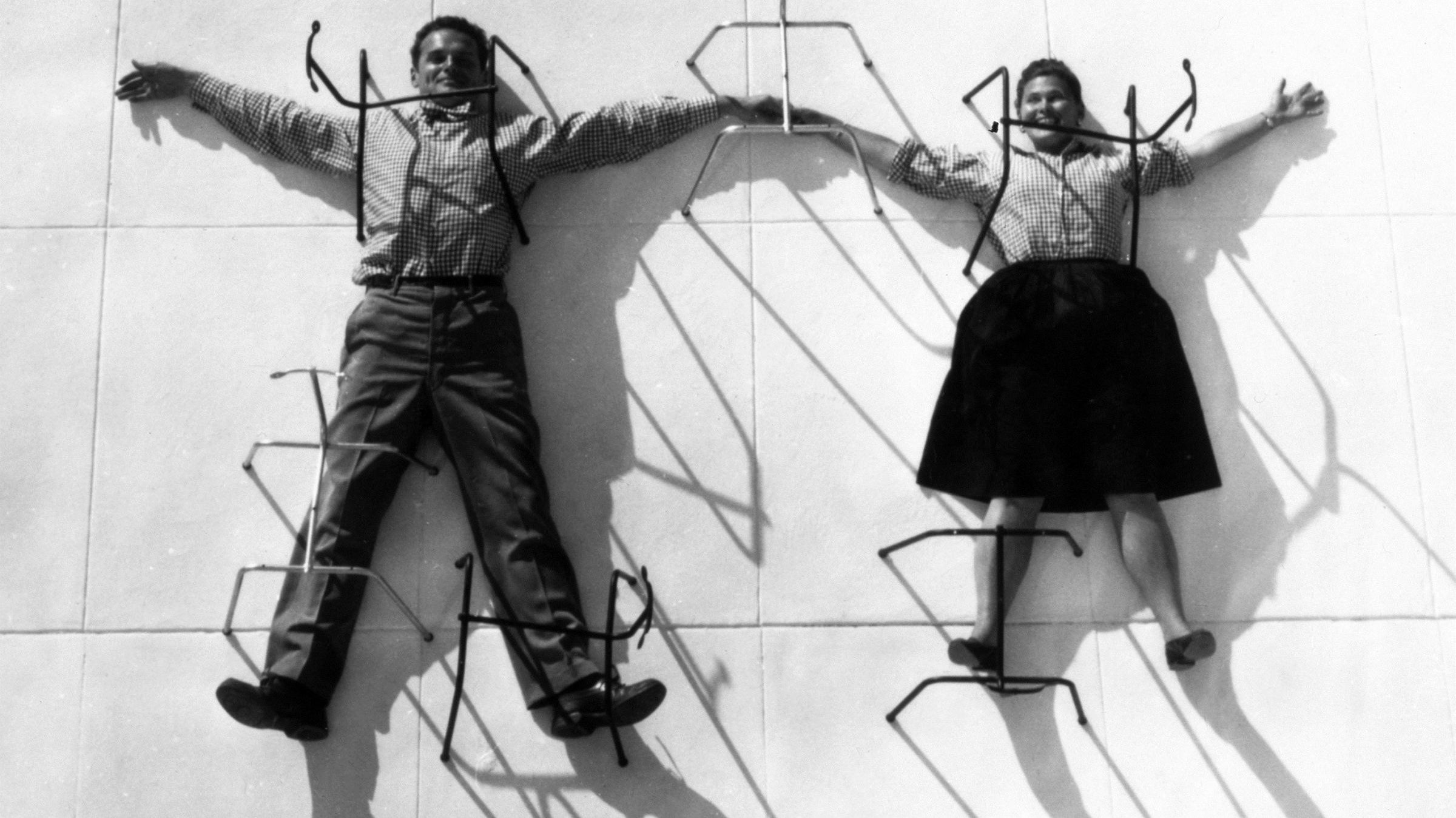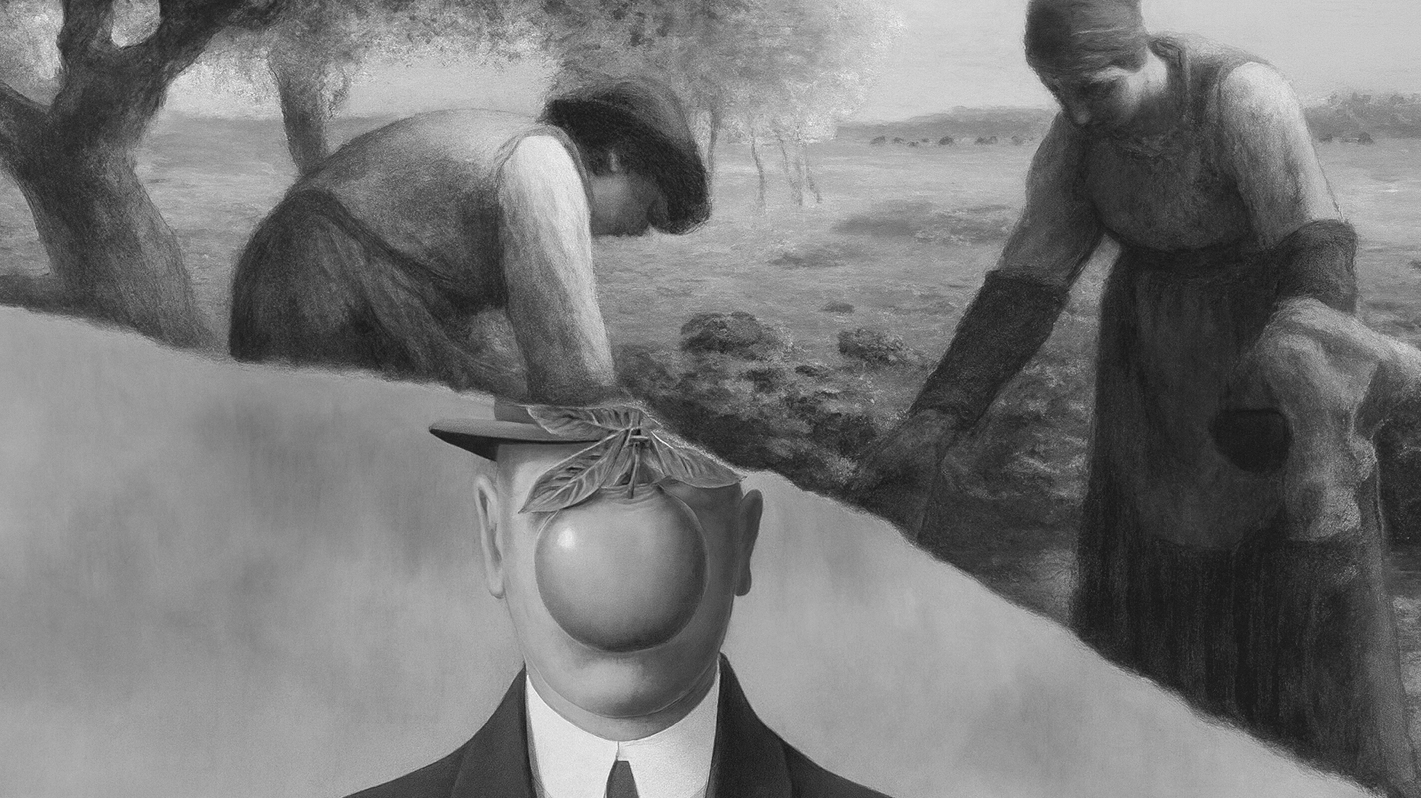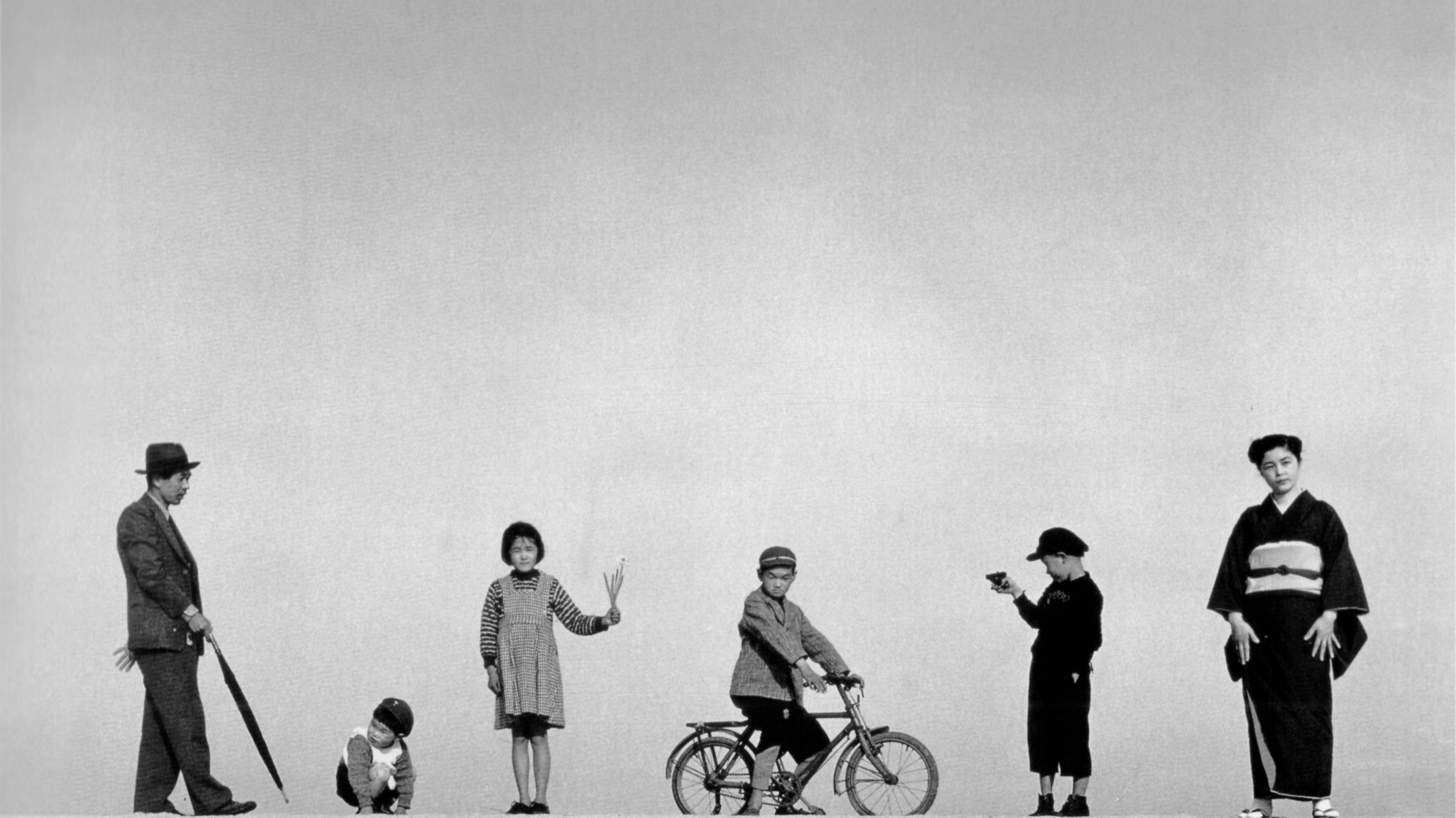When you think of art, do you search for truth or for imagination? Throughout history, artists have turned to both. Realism captures life as it truly is, while Surrealism opens a window into dreams and the subconscious. These two movements may seem opposed, yet together they reveal the full power of art. In this article, we’ll explore what defined Realism and Surrealism, their key differences, and why they continue to shape the way we see art today.
What is Realism?
Realism emerged in France during the mid-19th century as a bold rejection of academic traditions. At the time, most paintings celebrated myths, history, and heroic figures in polished, idealized forms. Realist artists turned away from these grand themes and instead focused on the raw truth of everyday life—farmers in the fields, workers on the streets, and ordinary people carrying out their routines. Their goal was clear: to depict the world exactly as it was, without exaggeration or romantic gloss.
One of the movement’s pioneers was Gustave Courbet. His 1849 painting The Stone Breakers shocked audiences by portraying two laborers breaking rocks along a roadside—a subject considered too common, even ugly, to be called art at the time. Another defining work is Jean-François Millet’s The Gleaners, which shows women collecting leftover grain after harvest. With quiet dignity, the painting highlighted both hardship and resilience.

Gustave Courbet, The Stone Breakers, 1849.
Realist painters across Europe soon began addressing broader social issues, depicting poverty, inequality, and the struggles of industrialization. Their art combined close observation with compassion, giving visibility to people who had rarely appeared on canvas.
By bringing attention to the unpolished truth of daily existence, Realism challenged the ideals of academic art. It revealed that even the simplest, most humble moments carry profound meaning and that truth itself is a worthy subject for art.
What is Surrealism?
Surrealism emerged in Paris during the 1920s, in the aftermath of the First World War. Disillusioned by destruction and seeking new ways to understand the human mind, artists and writers turned inward. Inspired by Sigmund Freud’s theories of dreams and the unconscious, they believed that true creativity came from unlocking the hidden parts of the psyche.
Surrealist art often appears dreamlike, irrational, and fantastical. Familiar objects are placed in unusual or unsettling settings, creating images that blur the line between reality and imagination. The aim was not to represent the visible world, but to reveal the deeper world of thoughts, fears, and desires.
One of the movement’s most famous figures was Salvador Dalí. His 1931 painting The Persistence of Memory, with its melting clocks draped across a barren landscape, stunned viewers by suggesting that even time could dissolve like a dream. Another leading Surrealist, René Magritte, became known for witty, thought-provoking works such as The Treachery of Images—a simple pipe paired with the phrase “This is not a pipe,” which challenged viewers to rethink the nature of reality itself.

René Magritte, The Treachery of Images, 1929.
Surrealism quickly spread beyond painting into literature, photography, film, and fashion, influencing culture on a global scale. For many artists, it represented liberation—a chance to create without limits or rules.
Ultimately, Surrealism proved that art could be more than a mirror of reality. It could also become a language of dreams, giving shape to the unconscious mind and expanding the boundaries of imagination.
Realism vs Surrealism: Key Differences
At first glance, Realism and Surrealism appear to be complete opposites, and in many ways, they are. Realism looked outward, grounded in close observation of the world. Its artists sought to capture life truthfully, portraying farmers, workers, and the daily realities of society. Surrealism, by contrast, looked inward. It turned away from the visible world and explored the hidden images of the mind.
Their subjects reflected this divide. Realist painters depicted the familiar—fields, factories, crowded streets, and the struggles of ordinary people. Surrealists painted the strange and unexpected — dreamlike landscapes, distorted figures, and impossible juxtapositions that pulled viewers into another reality.
Even their purposes set them apart. For Realism, art served as a mirror of society, offering dignity to common subjects and shedding light on injustice. For Surrealism, art became a doorway into the subconscious, a way to liberate the imagination from logic, tradition, and rules.
In essence, Realism showed us life as it is, while Surrealism imagined life as it might be. One kept us grounded in reality; the other carried us into dreams.
How Realism and Surrealism Still Shape Art and Culture
Realism and Surrealism did not fade with their own eras. Both movements left a profound mark on art and culture, shaping how we see and tell stories even today.
Realism paved the way for photography, film, and documentary art. By focusing on ordinary people and truthful storytelling, it inspired everything from photojournalism to modern cinema. A gritty social drama or a candid street photograph still feels powerful because it carries forward the Realist belief that everyday life has its own truth and meaning.

French humanist photographer Henri Cartier-Bresson pioneered the genre of street photography in 1932.
Surrealism redefined the language of imagination. In literature, writers experimented with automatic writing to unlock the subconscious. In cinema, directors such as Luis Buñuel and later David Lynch blurred the boundary between dream and reality through surreal imagery. The movement also influenced photography, theater, fashion, and even contemporary digital art—opening new ways to combine the ordinary with the unexpected.

Rayograph by Man Ray, a pioneer of Surrealist photography, 1922.
From cinema screens to gallery walls, and from fashion to digital culture, echoes of Realism and Surrealism are everywhere. Together, they remind us that whether through truth or through dreams, art remains one of the most powerful ways we shape how we think, feel, and imagine.
FAQ: Realism vs Surrealism
1. What are the main characteristics of Realism in art?
Realism is defined by truthful representation, careful detail, and ordinary subjects. Realist artists avoided idealization, focusing instead on workers, farmers, and the realities of daily life.
2. How does
Surrealism differ from Realism?
Realism looks outward, capturing the social world with accuracy, while Surrealismm looks inward, exploring dreams, the subconscious, and imagination. Realism values truth, Surrealism embraces the irrational and fantastical.
3. Who are the most famous Realist and Surrealist artists?
Notable Realist painters include Gustave Courbet, Jean-François Millet, and Ilya Repin. Leading Surrealists include Salvador Dalí, René Magritte, Max Ernst, and Leonora Carrington.
4. Why is
Surrealism important today?
Surrealism remains influential because it expanded the boundaries of creativity. Its dreamlike imagery shaped modern art, film, photography, literature, fashion, and even digital media. Directors like Luis Buñuel and David Lynch built on Surrealist ideas to challenge reality in cinema.
5. What are some examples of Realism and
Surrealism in film?
Realism influenced film through Italian Neorealism, seen in classics like Bicycle Thieves (1948). Surrealism shaped cinema through works like Luis Buñuel’s Un Chien Andalou (1929) and later films by David Lynch, such as Mulholland Drive (2001).
Read More Art Articles:
• 6 Forgotten Modern Art Movements You Should Know
• Surrealism in Art: From the Unconscious Dream to Artistic Reality
• 6 Key Art Movements That Came Before Modern Art
• Bauhaus Movement: How It Revolutionized Art and Design

